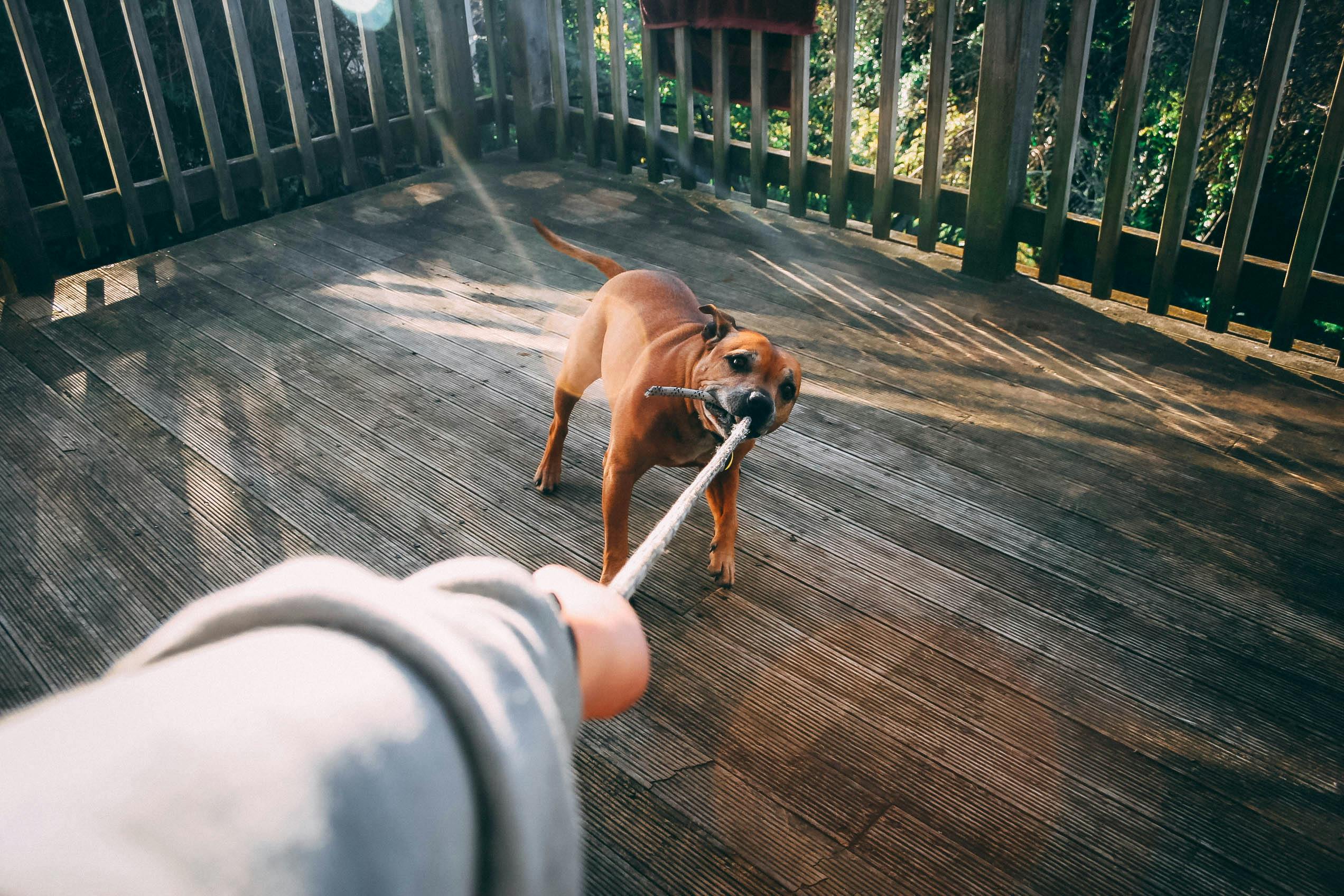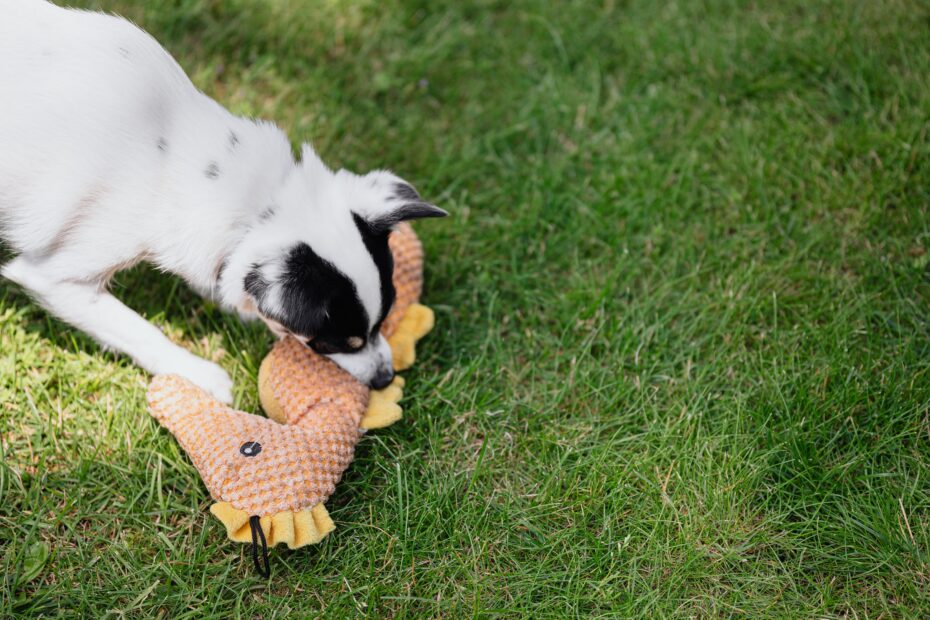It can happen while you’re playing with your dog, between growls and tail wags. Canine teeth have the ability to bite and scratch. Alternately, you might be going along the street when an unidentified dog suddenly attacks. In any case, you must act quickly to treat the wound and lower the chance of infection. It is important to take the necessary measures for future dog bites and treatment. You’ll require emergency medical care that day at a risk of infection. Dogs’ tiny teeth can also rip your skin, and their front teeth will grasp and squeeze your flesh. An exposed, ragged wound is the end outcome.
According to emergency medicine specialist Stephen Sayles III, MD, the infection is frequently serious if the incision becomes infected. Infection is the main worry with these bites, he claims. “You might require intravenous antibiotics and hospitalization.” If you get bitten, you should always visit a primary care physician. In any case, he advises that you visit a doctor within eight hours of a dog bite. The danger of infection increases as you wait longer. Your chance of contracting an infection is increased if you have diabetes or a weakened immune system from most animal bites.
How to treat a dog bite in 7 steps

If a dog bit you, your doctor will want to know more about it, including how it happened. If there is a concern about infection, he or she will also probably clean the area once more, apply an antibiotic ointment, and prescribe medications like Augmentin. After any bite, you should confirm that you are current on your tetanus shots and that you are aware of when your last one was given. Although a tetanus vaccination is effective for 10 years. Additionally, your doctor can advise stitches depending on the wound. Dog wounds are typically left unstitched to heal unless they are on the face or if they could leave extremely bad scars. Bacteria from bites increases the chance of infection.
In about 50% of dog bites, microorganisms like streptococcus, and Pasteurella are introduced. Your doctor will want to know specifics about the dog that bit you because unvaccinated and feral dogs can both potentially carry and transmit rabies. According to Dr Sayles, treating a dog bite ultimately involves preventing microorganisms from infecting the patient.
Dog bite prevention and treatment: wild animals
See the patient information sheet on dog bite prevention and treatment that the article’s author has created. A victim’s family member or a neighbour’s dog is involved in over half of all dog bite incidents. Children make up a sizable portion of dog bite victims. Even while some dog breeds have been known to be more violent than others, any dog has the potential to bite when provoked. All dog bites have a chance of becoming infected, but prompt, thorough irrigation can greatly reduce that chance.
The care of dog bites must begin with a risk assessment for tetanus and rabies virus infection, followed by the selection of prophylactic medications. When necessary, pictures and diagrams should be used to show how the dog bite damage was sustained. Family doctors should instruct parents and kids on how to deal with dog bites and treatment.
About 800,000 of the 4 million or so Americans who are bitten by dogs each year seek medical attention, with 44% of them being under the age of 14. In this nation, dog bites result in over a dozen fatalities annually, with kids making up most of the casualties.

Over 55 million dogs lived in American households as of 1994, which accounted for an estimated 34 million families with at least one dog. The majority of dogs never bite a person, yet any dog has the potential to hurt someone in certain situations. Children are the most frequent victims of dog bites, especially when fatalities result. 1,2,4Dog breeds such as pit bulls, malamutes, chow chows, Rottweilers, huskies, German shepherds, and wolf hybrids have all been linked to fatal dog bite assaults. Higher than 41% of fatalities from dog bites between 1979 and 1988 were caused by pit bull breeds, three times more than German shepherds.
Control of Dog Bites: dog bite wounds
Physicians should take the victim’s history to start a primary assessment after ensuring that they are medically stable. A patient is more likely to sustain a wound from a dog bite and contract the rabies virus if they have certain medical problems. Table 1: Information on the time of the injury, whether the animal was provoked, the animal’s overall health, immunization status, and present location can all be used to assess the patient’s risk of infection.
Health Issues Linked to a High Risk of Infection Following a Dog Bites
Management of cat and dog bites, Lewis KT, Stiles M. Adapted with permission. 1995;52:482 Am Fam Physician.

Regular and extensive irrigation with Ringer’s lactate solution or plain saline may significantly lower the rate of infection. Because it can spread the illness, it is best to avoid injecting an irrigant solution into the tissue. While necrotic or devitalized tissues should be eliminated, care must be given to avoid debriding too much tissue and interfering with the healing process or the look of the wound. 5,7The function of wound healing is still debatable. Puncture wounds, wounds that seem to be clinically infected, and wounds that are older than 24 hours may benefit from delayed primary closure or secondary intention healing. Some doctors suture facial wounds and wounds that have been open for less than eight hours.
